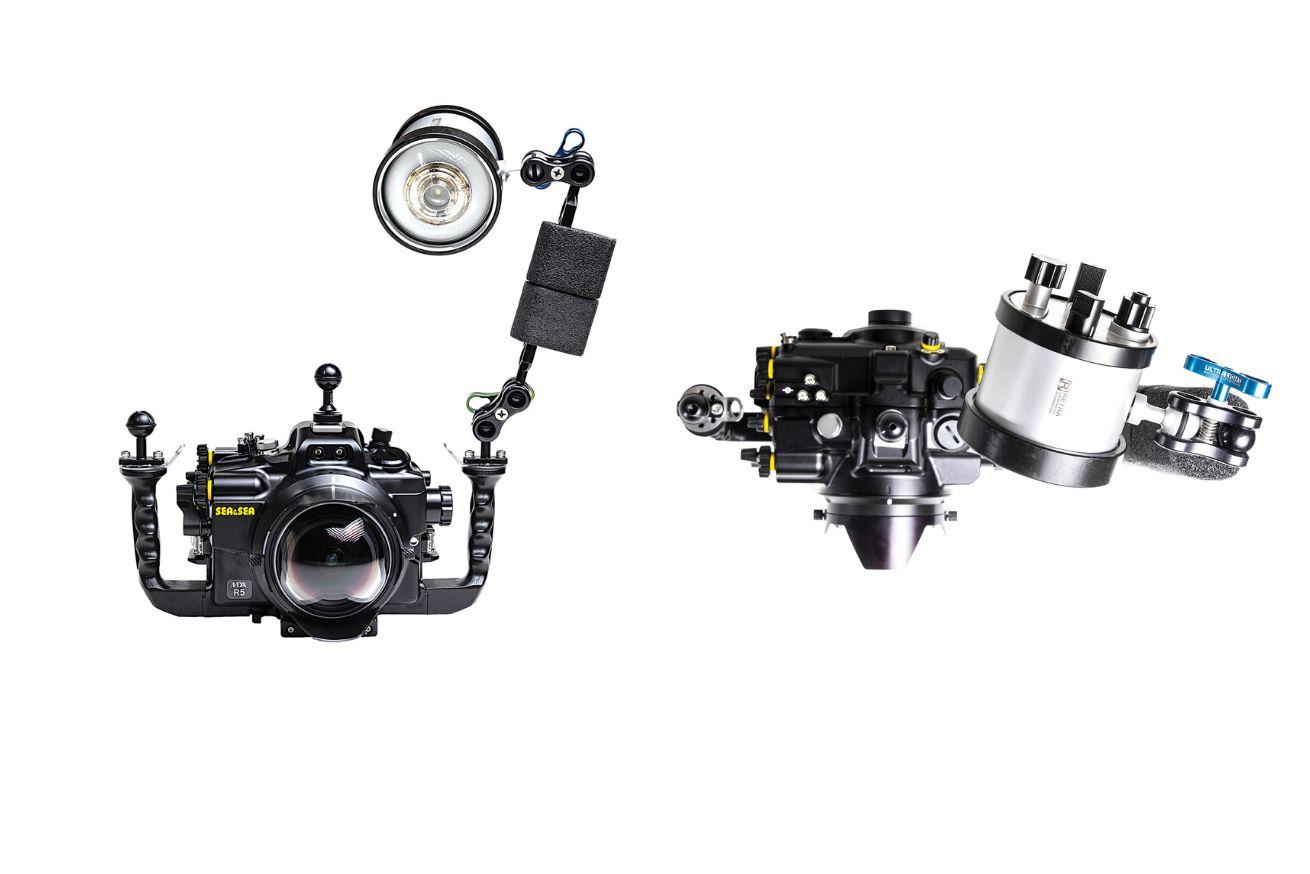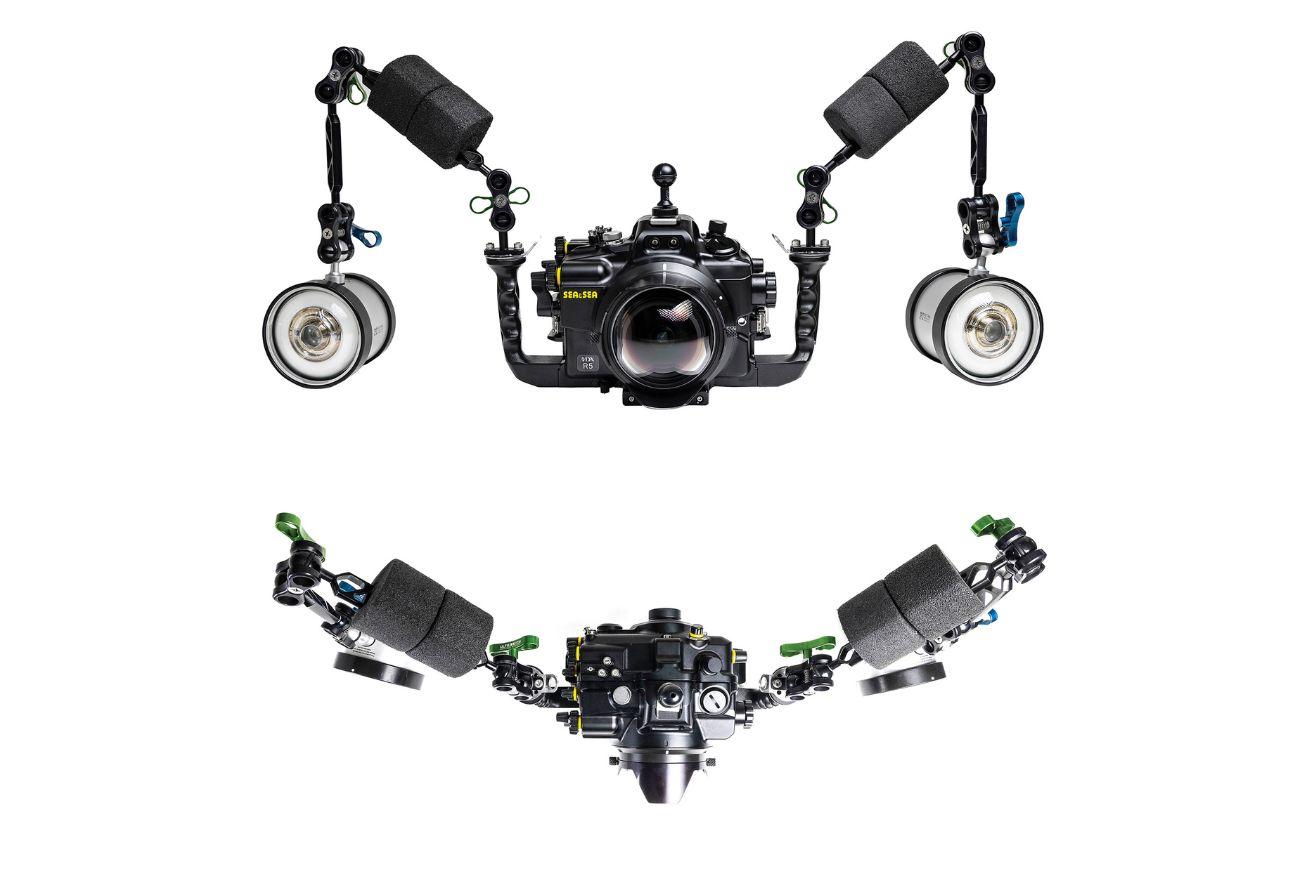A Beginner's Guide to Using Underwater Strobes

Brent Durand
Strobes are an important piece of under water photography equipment. They light dark areas of your photo composition while creating vivid color and contrast, allowing you to explore creative compositions like shooting toward the sun.
Strobes also help freeze motion in your images. Without strobe light, a moving subject will likely appear blurry at standard shutter speeds (e.g., 1/125) but crisp and sharp when using strobes at that shutter speed, assuming accurate focus.
But there is a downside to using strobes: They light everything between the camera lens and the subject, including all the particles in the water that appear as white and yellow dots in the frame—the dreaded backscatter.
The challenge underwater photographers face is to light the subject while minimizing backscatter, done through carefully positioning each strobe.
Related Reading: Introduction to Manual Underwater Photography

Single Strobe Positioning
Divers using a single strobe have a limited ability to position it. With a single light source, there will be strong shadows on the side opposite the direction of the light. As a result, the general rule is to position the light at the 11 or 1 o’clock position above the housing. The light hits the subject at a slight angle, balancing shadow that creates depth with lighting the scene evenly.
The strobe should be well behind the front of the housing port for wide scenes. It can be moved forward to light small macro subjects, typically at a 45-degree angle above the subject.

Dual Strobe Positioning
Two strobes allow you to create wide, even lighting across large and small scenes. Since the light comes from two different directions, there is ample room to adjust each light while filling in shadows on the opposite side.
The goal is to illuminate the subject without lighting the water between the camera lens and the subject—the area where backscatter is visible.
To do this, you should angle the strobe out and away from the direction of the subject. Ideally, the subject will be welllit by the edge of the cone of light produced by the strobe, lighting the subject but not the water in front of it.
The strobes should be positioned about 12 inches from the camera port/dome for close subjects and out as far as your strobe arms allow for large subjects farther away, like reefscapes, manta rays or dive buddies. This distance to the subject and the distance of the strobe from the camera will dictate the precise outward angle to position the strobe.
Related Reading: Intro to Underwater Photo Composition
I encourage photographers to review each image and to keep angling the light out until there is no light on the subject, then angle the strobe back in slightly, ensuring they’re truly using the edge of the strobe’s cone of light.
Remember that if you move in relation to your subject, that precise positioning of the light’s beam edge will need to be adjusted.
Finally, both strobes should be well behind the front of the housing port, just like with a single strobe.
The last secret for exceptional light with strobes is to practice, practice, practice.










